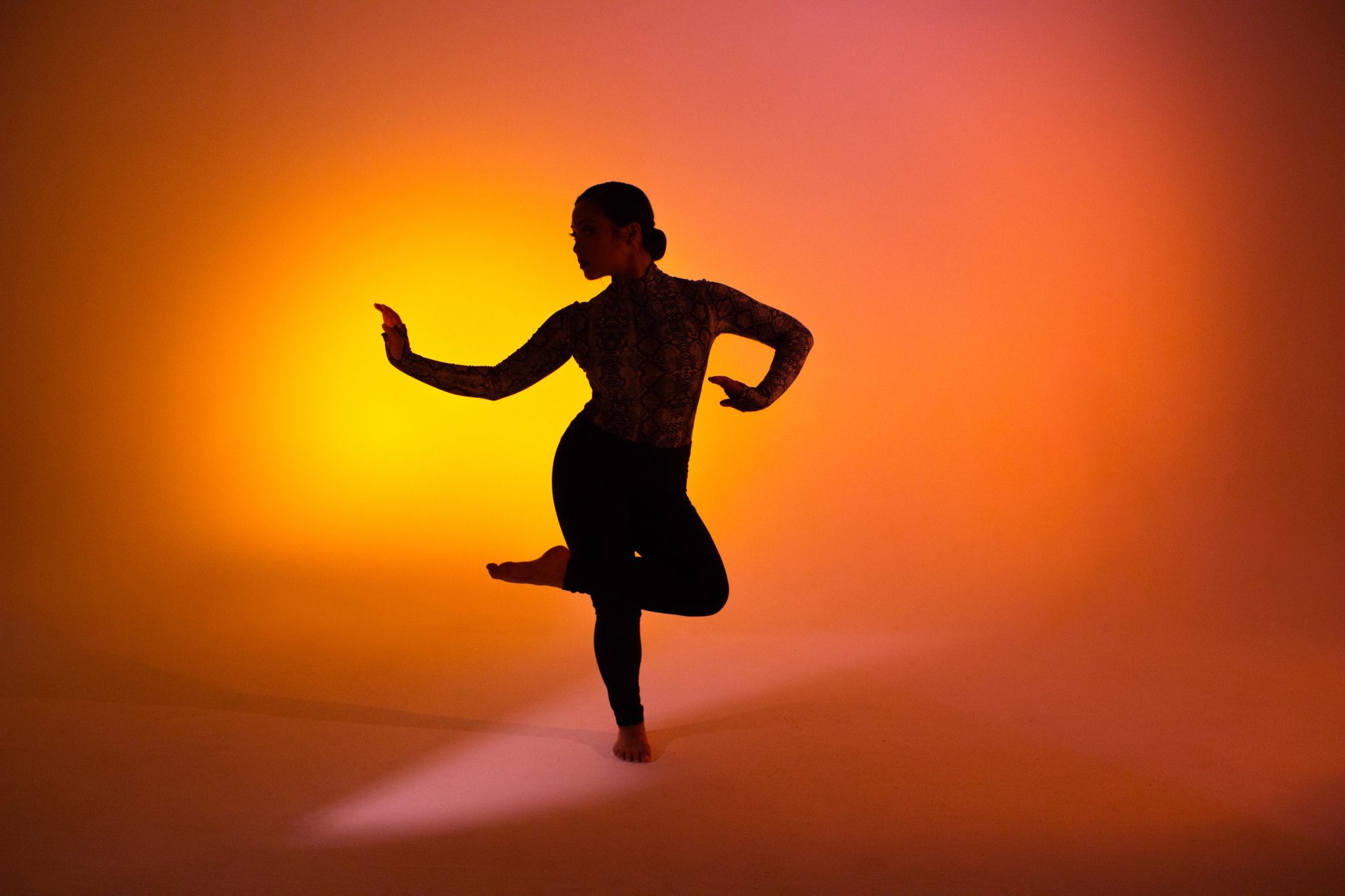I’ve meant to go the Seattle International Dance Festival for years. Then, getting to preview it for the Seattle Times this year, I got really excited about it and wanted to dive in and see a bunch of the performances. But the scheduling challenges that kept me away in the past (June is so hard) made me check my enthusiasm. I went to the free Art on the Fly event and found the program that fit most easily into my schedule. It was Program A of the Inter | National Series on the last weekend of the festival.
Inter | National Series
There are two main tracks to the festival, and maybe next year I can see some of both. But this year, the only program I could attend was part of Inter | National, a series of split bill programs shared by international and domestic (often local) dance artists. On the night I attended, the “local” company was actually based in San Francisco. The international artist was actually a substitute. As often happens with SIDF, the originally programmed artist was unable to perform due to visa issues. After the brochures were printed, they were replaced by an artist from India who is currently based in the U.S. (and therefore already had the legal authorization to perform).
Ishita Mili Global Expose’
Ishita Mili, who fuses traditional Indian dance, street style and contemporary dance, was the replacement for Sumeet Nagdev Dance Arts from India. Her group, IMGE, comprising Mili and two other women, went on first. Too often artistic hybrids take on a mosaic effect. Clearly delineated sections show off their respective sources without really fitting together. But IMGE’s Territory, set to music that ranged from A.R. Rahman through Beats Antique to M.I.A., blended the disparate dance styles so thoroughly that felt like something completely new.

Imagine a Bollywood movie choreographed by Massive Monkees. Territory incorporated the stomping feet, extended heels, facial expressiveness and intricate hand shapes familiar from traditional Indian dance that Seattle audiences recently saw at ACT’s Devi. But the dancers dropped to the floor and jumped up like parkour traceuses and their shoulders moved like gymnastic dance ribbons. Sometimes they looked like toddlers stomping in puddles; sometimes soldiers sneaking through jungle; sometimes Krishna, if Krishna took up pole dancing and made a cameo appearance in a rap video.
Attitudes of defiance and militance evoked themes of social change and resistance to colonialism, but there was a wide range of emotional expression as well. In some of the more coquettish postures of traditional dance, the performers looked positively sarcastic. I’m not sure I’ve ever seen sarcasm in dance before.
.
ka.nei.see | collective
As my gushing last few paragraphs indicate, IMGE were a tough act to follow. In contrast to their maximalism, the seven dancers of ka.nei.see presented a spare contemporary dance with Contradictions of Blue. I found the first movement in particular to be quite beautiful. Almost like watching a foreign movie, the dancing was like watching a ballet told in the language of contemporary dance. The music for this part was particularly lovely as well.

I have to confess to (an entirely personal) pet peeve that affected my enjoyment of Contradictions of Blue. Dance-running has always kind of irritated me. Something about the jogging pace and perfect right-angle elbows pulls me out of a dance the same way anachronistic slang pulls me out of a story.
Contradictions involved a lot of dance-running. They ran laps around the stage for a really long time, and paired with the simple shorts and sports bras, it reminded me too much of P.E. class. I could see that there was pattern and variation, and possibly meaning, too, in the way that some dancers peeled off to do something else, or changed direction to follow a different leader. But even without my personal prejudice against the ballet jog, it went on a bit too long.
One of the things I like best about contemporary dance is how the different sizes and shapes of the companies require very different partnering from what I’m used to seeing in ballet. With ka.nei.see, this was particularly applicable to lifts. Early in the piece, six of the dancers lift and carry a seventh. It’s weirdly awkward, like they’re about to drop her the whole time. Throughout, the dance was peppered by unusual shapes, like one dancer holding another horizontal to the floor at waist height. Then near the end, the group lifts a single dancer again, but this time, so smoothly and precisely that you almost don’t see how she arrives in a perfect upside-down vertical.
The Festival
Now that I’ve finally been to an SIDF program, I will try harder to see more of the festival next year. With its dual mission of celebrating local dance and introducing audiences to performers from around the world, I think a person could learn a lot just by attending all three weekends.
Seattle International Dance Festival takes place over three weeks in June. Most performances take place on Capitol Hill in Seattle (this year they were at the Broadway Performance Hall and Erickson Theatre).
Single tickets start around $20 and full festival passes cost about $150. The tickets are surprisingly affordable, considering how many of the performers have to travel to be here.
{I attended this performance courtesy of SIDF; the tickets were theirs, but the opinions, as always, are entirely my own.}




About the author